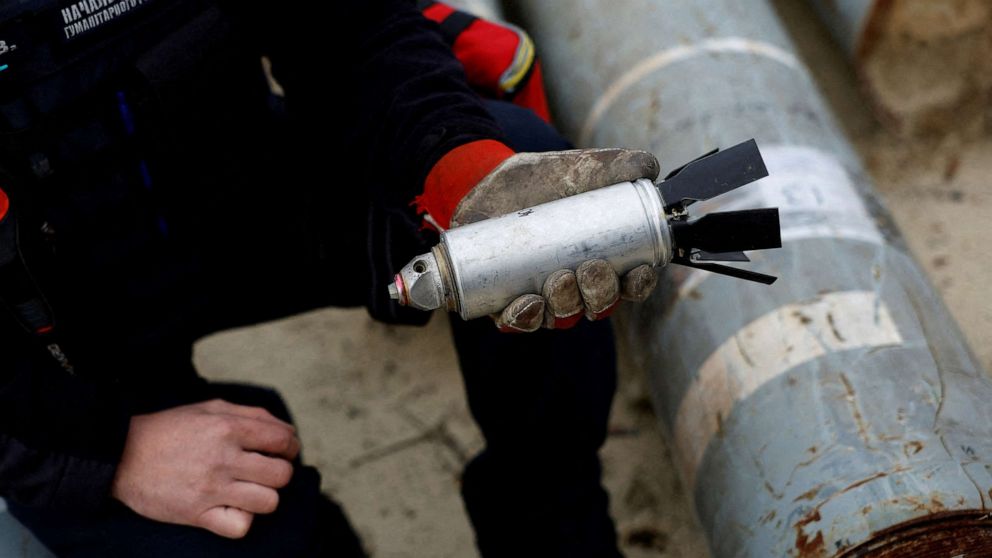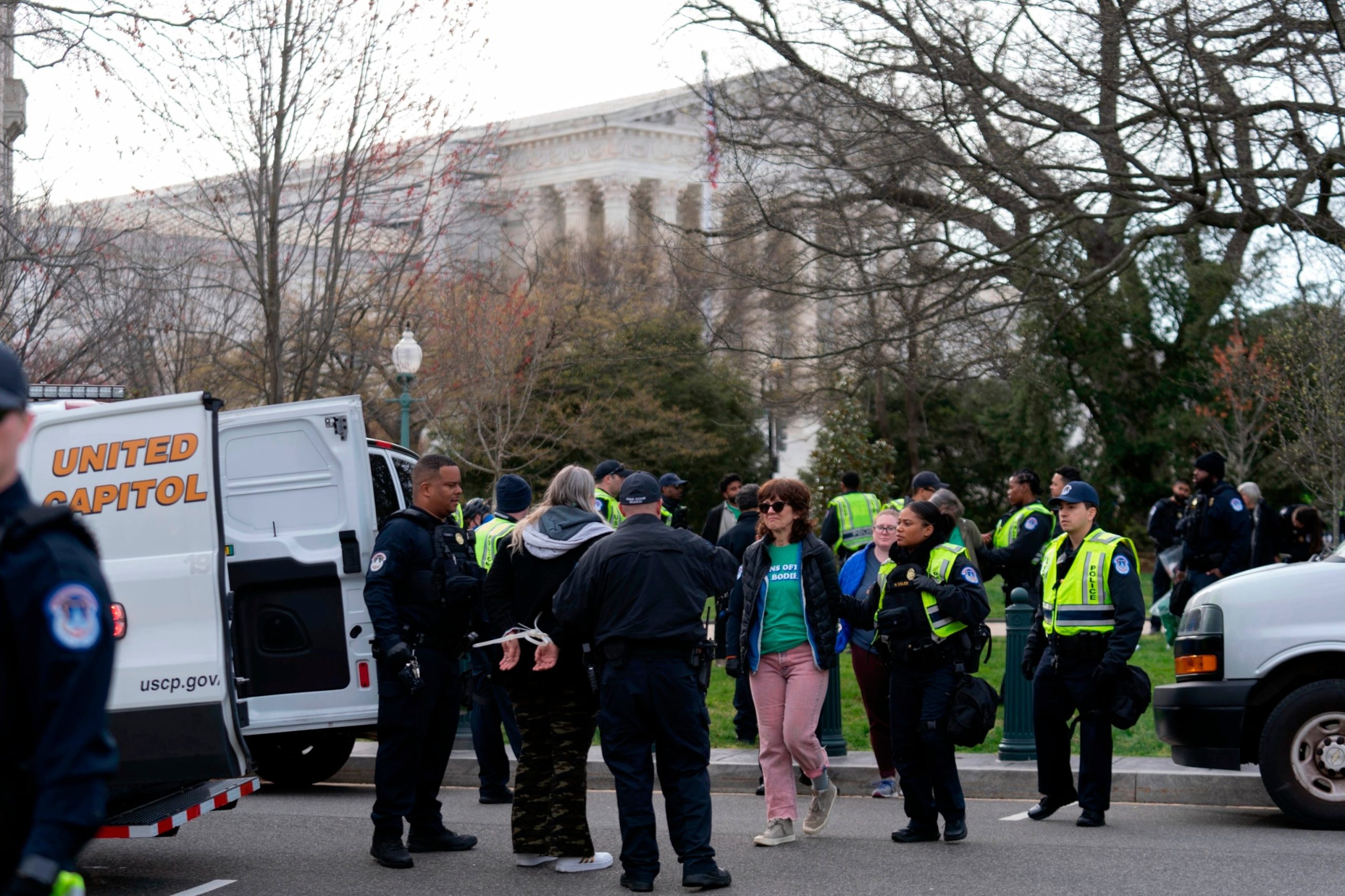Understanding Cluster Munitions: White House Justifies Sending Controversial Weapons to Ukraine
Cluster munitions have long been a topic of controversy and concern within the international community. These weapons, which consist of a container that disperses multiple smaller explosive submunitions over a wide area, have been criticized for their indiscriminate nature and the potential harm they can cause to civilians. Recently, the White House justified its decision to send cluster munitions to Ukraine, raising questions about the implications of this move.
Cluster munitions are designed to cover a large area with explosives, increasing the chances of hitting targets such as military installations, vehicles, or personnel. However, due to their wide dispersal pattern, they often result in unexploded submunitions that can pose a significant risk to civilians, even long after a conflict has ended. These submunitions can remain hidden in fields, forests, or residential areas, becoming de facto landmines that can cause casualties among unsuspecting civilians, including children.
The international community has recognized the dangers associated with cluster munitions and has taken steps to address the issue. The Convention on Cluster Munitions (CCM), which came into force in 2010, prohibits the use, production, transfer, and stockpiling of these weapons. As of now, 110 states have joined the convention, demonstrating a global commitment to eliminating cluster munitions.
However, the United States is not a party to the CCM and has defended its decision to send cluster munitions to Ukraine. The White House argues that these weapons will help Ukraine defend itself against Russian aggression and deter further incursions into its territory. They claim that the cluster munitions will be used in accordance with international humanitarian law and that precautions will be taken to minimize harm to civilians.
Critics of this decision argue that cluster munitions are inherently indiscriminate and pose an unacceptable risk to civilian populations. They point out that Ukraine has not ratified the CCM and has a history of using cluster munitions in previous conflicts. Concerns have been raised about the potential for these weapons to cause civilian casualties and create long-lasting humanitarian challenges.
The use of cluster munitions in Ukraine also raises questions about the broader implications for international norms and arms control. The decision by the White House to send these controversial weapons to a conflict zone undermines efforts to stigmatize and eliminate cluster munitions globally. It sets a dangerous precedent that could encourage other countries to disregard international agreements and use these weapons in future conflicts.
Furthermore, the use of cluster munitions can have severe humanitarian consequences, as seen in conflicts such as Laos, Iraq, and Syria. The long-term impact on civilian populations, infrastructure, and the environment can be devastating. The presence of unexploded submunitions can hinder post-conflict reconstruction efforts and pose a constant threat to communities.
In conclusion, the decision by the White House to send cluster munitions to Ukraine has sparked controversy and raised concerns among the international community. While the White House justifies this move as a means to support Ukraine’s defense against Russian aggression, critics argue that these weapons are indiscriminate and pose a significant risk to civilian populations. The use of cluster munitions undermines global efforts to eliminate these weapons and sets a dangerous precedent for future conflicts. It is crucial for all parties involved to prioritize the protection of civilians and adhere to international humanitarian law in any armed conflict.



